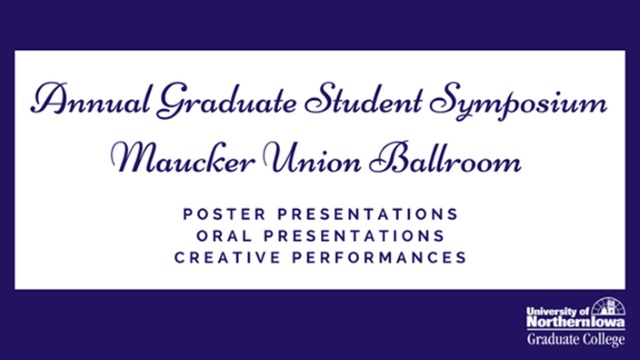
Complete Schedule
Out of Mind, Out of Sight: How Do Counselor Education Programs Train Students in Assessing Foreseeable Harm to Others?
Presentation Type
Oral Presentation
Keywords
Counselors--Training of; Violence--Forecasting; Crisis intervention (Mental health services)--Study and teaching (Higher);
Abstract
Violence towards others has become a topic of much discussion in U.S. society. Violent events such as mass shootings and domestic violence have been discussed by media outlets increasingly over the past several years. The 2016 revision of the Council for Accreditation of Counseling and Related Educational Programs (CACREP) standards called for counselor education programs to provide counselors-in-training (CIT) with crisis assessment procedures. However, a review of the literature by the authors revealed a dearth of research related to assessing the risk of harm to others, especially as compared to risk of harm to self. Available research indicates crisis assessment in counselor education programs is mixed in terms of the nature of this preparation as well as the time CIT actually spend engaged in such training (Barrio Minton & Peace-Carter, 2011). Much of the research pertaining to teaching counselors in assessment of risk of foreseeable harm focuses on suicide assessment (Cureton, 2016). The present literature review indicates counselor education programs largely fall short of appropriately preparing CIT in assessing for foreseeable harm to others. Issues related to mental health play a role in foreseeable harm to others, and counselors can play a role in preventing it. If counselors are not/ properly trained they may miss the signs of a potential violent event that may occur. If counselors have the appropriate training they may be able to implement primary prevention strategies with clients when they are properly trained, however available literature and teaching standards leave students ill-equipped in this regard.
Start Date
3-4-2019 1:00 PM
End Date
3-4-2019 4:00 PM
Faculty Advisor
Professor Tracie Self
Department
School of Applied Human Sciences
Copyright
©2019 Steven Dreesman, Kelvin Mackey
File Format
application/pdf
Embargo Date
4-17-2019
Out of Mind, Out of Sight: How Do Counselor Education Programs Train Students in Assessing Foreseeable Harm to Others?
Violence towards others has become a topic of much discussion in U.S. society. Violent events such as mass shootings and domestic violence have been discussed by media outlets increasingly over the past several years. The 2016 revision of the Council for Accreditation of Counseling and Related Educational Programs (CACREP) standards called for counselor education programs to provide counselors-in-training (CIT) with crisis assessment procedures. However, a review of the literature by the authors revealed a dearth of research related to assessing the risk of harm to others, especially as compared to risk of harm to self. Available research indicates crisis assessment in counselor education programs is mixed in terms of the nature of this preparation as well as the time CIT actually spend engaged in such training (Barrio Minton & Peace-Carter, 2011). Much of the research pertaining to teaching counselors in assessment of risk of foreseeable harm focuses on suicide assessment (Cureton, 2016). The present literature review indicates counselor education programs largely fall short of appropriately preparing CIT in assessing for foreseeable harm to others. Issues related to mental health play a role in foreseeable harm to others, and counselors can play a role in preventing it. If counselors are not/ properly trained they may miss the signs of a potential violent event that may occur. If counselors have the appropriate training they may be able to implement primary prevention strategies with clients when they are properly trained, however available literature and teaching standards leave students ill-equipped in this regard.


